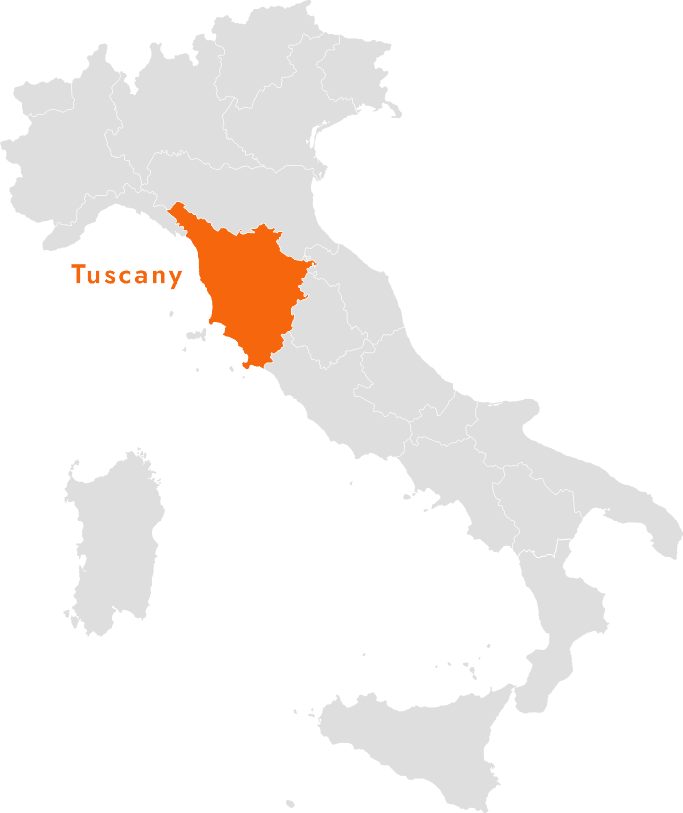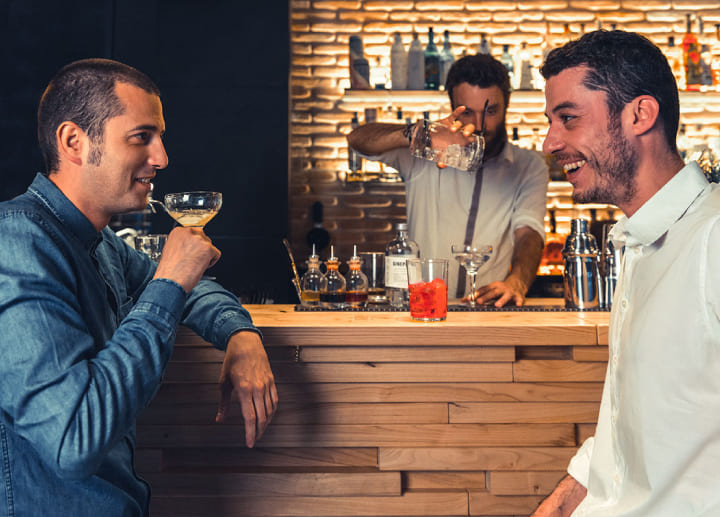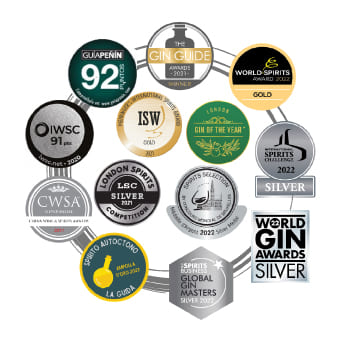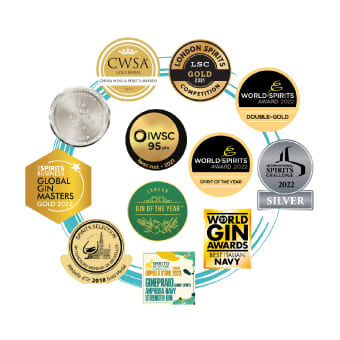GINEPRAIO

ORGANIC TUSCAN DRY GIN
TUSCANY

TUSCANY


“Ginepraio” has a double meaning in Tuscany: It is, literally, the word for “juniper thicket,” but it is also, colloquially, a term used to describe a tricky, thorny situation.
Levante Spirits, producer of Ginepraio, is based in Ponsacco, Tuscany, in the province of Pisa. Both the company name and the gins themselves are Mediterranean-inspired, evoking the scents of the aromatic scrub-brush, or macchia, of the Italian coast.
Tuscany, and especially the Val Tiberina (a mountainous stretch of the Tiber River Valley that connects Romagna, Tuscany, and Umbria), is considered the greatest juniper “terroir” in the world. It’s a point of pride for many of the greatest British gin producers, including Bombay Sapphire, that they source their juniper from Tuscany. Ginepraio co-founder Enzo Brini, whose family owns the Il Conventino wine estate in Montepulciano, took a terroir-driven approach when creating the recipes for Ginepraio: three different types of organically grown juniper, sourced from three distinct terroirs within Tuscany, form the heart of the Ginepraio formula.


Tuscan Terroir
Chief among these is, of course, juniper grown in the Val Tiberina. But Ginepraio also incorporates juniper from Chianti, in central Tuscany, and from the coastal Maremma region. According to Brini, each regional variety contributes different attributes to the Ginepraio flavor profile: The Val Tiberina berries are the boldest, fruitiest, and most perfumed; those from Chianti are more “resinous”; and those from the Maremma display a salty minerality due to being grown close to the Mediterranean Sea.
Other botanicals used in Ginepraio include coriander, angelica, lemon, orange, wild rose (rosa canina), and helychrisium, all sourced in a “traceable” manner; this goes for the base grain spirit as well, which is made from organically grown wheat at Piedmont’s Sacchetto distillery.
Amphora Aging
In addition to producing wine in Montepulciano, Enzo’s company Drunk Turtle produces amphorae used by wineries around the world. However, while these vessels resemble traditional terra cotta (clay) pots, they are in fact made from cocciopesto, a mixture of recycled tiles, silt, and mortar. This Roman-era building material (used for the floors of the Vatican, among other places), is said to be less porous than terra cotta.
Ginepraio’s Navy Strength Gin spends six months aging in amphorae, allowing for a subtle micro-oxygenation that heightens the product’s already-intense aromatic profile and softens its texture. Enzo and team have also created a five-liter amphoretta as a merchandising tool for bars and restaurants: You’ve heard of barrel-aged Negronis? Make way for amphora-aged versions!
Given gin’s medicinal origins, the stout, embossed Ginepraio bottle and minimalistic labeling call to mind bottles used for medical saline drips and other pharmaceutical packaging. The first distillation of Ginepraio was in December of 2016.





